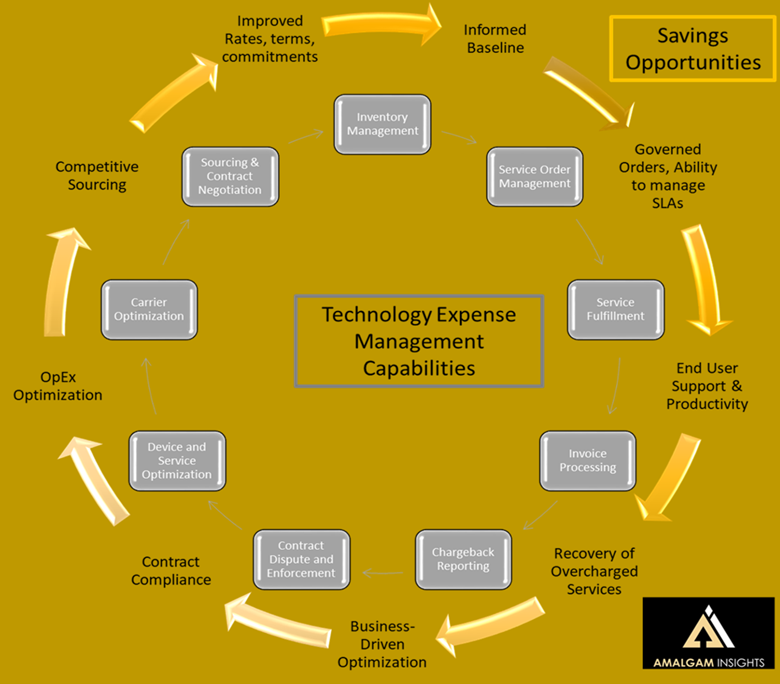Financials
Alteryx Announces Second Quarter 2022 Financial Results
Alteryx announced its Q2 2022 financial results on August 2. Revenues of $180.6M were up 50% year over year; specifically, subscription revenue doubled to nearly $81M. AYX saw a significant boost in the market based on the revenue growth spurt, though they ended the quarter with a net loss of $106.7M.
MicroStrategy Announces Q2 2022 Financial Results, Separates Chairman and CEO Roles
BI and analytics company MicroStrategy announced their Q2 2022 financial results this week as well. The $122.1M in revenues for this quarter were slightly lower than the same quarter last year, though subscription services revenues were up 5% year over year at $34.1M. As of the end of the quarter, June 30, MicroStrategy had $918M in operational loss due to their Bitcoin holdings tumbling in value, though some of that value has since been recovered.
MicroStrategy also revealed that they would be dividing their Chairman and CEO roles. On August 8, current CEO and Chairman of the Board Michael Saylor will step into the new role of Executive Chairman, while retaining his Chairman of the Board role. Saylor will focus on innovation and long-term corporate strategy, while heading the Board’s Investments Committee and supervising MicroStrategy’s bitcoin acquisition strategy. Current President Phong Le will become the new CEO, in charge of MicroStrategy’s corporate strategy execution, and serve on the Board of Directors as well.
Snowflake to Announce Q2 2023 Financial Results
Snowflake announced that it will release its financial results for Q2 2023 on Wednesday, August 24, following the close of the US markets that day. Snowflake will hold a conference call at that time to discuss the results.
Launches and Updates
Databricks Makes Photon Engine Generally Available
This week, Databricks announced that its lakehouse query engine, Photon, was now generally available across all of the major cloud platforms. New features with the GA release include speed upgrades across numerous functions: vectorized sort (3-20x performance gain over Apache Spark), accelerated window functions performing calculations across table rows that are 2-3x faster than before; and stateless Structured Streaming workloads at 20% of the cost of running similar workloads on traditional Spark. Though Photon’s initial focus on SQL was to enable data warehouse workloads on data lakes, language coverage has been expanded to include modern DataFrame and SparkSQL workloads.
dbt Labs Debuts Technology Partner Program
dbt Labs formally launched its dbt Labs Technology Partner Program this week. Over 50 partners are participating, from categories such as data quality and business intelligence, including Airbyte, Monte Carlo, and ThoughtSpot. Partners integrate their software to extend dbt’s capabilities, while gaining an increased connection to dbt’s userbase.
Hazelcast Launches Viridian Serverless
Realtime data platform Hazelcast released the beta version of Hazelcast Viridian Serverless, a process that grows and shrinks a cluster based on the current workload. Not having to plan for specific sizing up front can speed up app development, and it simplifies the provisioning process. Viridian Serverless is currently available on AWS, with GCP access in the works.
Zilliz Announces Key Contributions to Milvus 2.1
Vector database company Zilliz, creators of the Milvus open source vector database, announced significant contributions to the recent Milvus 2.1 release. These contributions include performance boosts throughout, improvements to scalar data processing to support hybrid search, and tutorials to help users build apps on top of Milvus.
Hiring
Alteryx Appoints Doniel Sutton as Chief People Officer | Alteryx
On August 4, Alteryx announced that it had appointed Doniel Sutton as their Chief People Officer. Sutton brings over 20 years of human resources and strategic experience to Alteryx. She was previously the Chief People Officer at Fastly, and has held senior HR leadership roles at Paypal, Prudential, Bank of America, and Honeywell.

